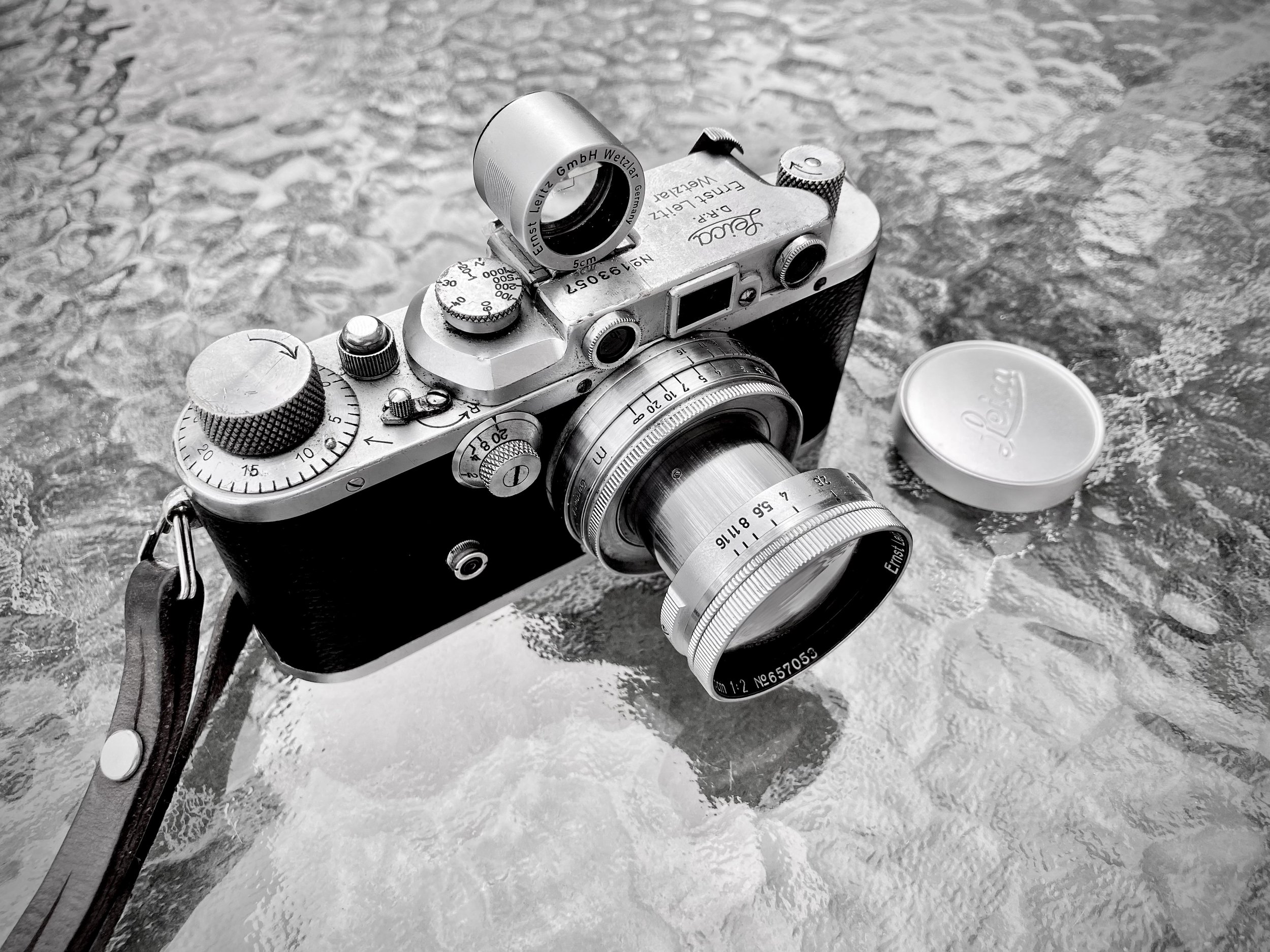I like to think of film photography – non-digital, analogue – as ‘slow’ photography.
Film photography started in earnest for me as I started working on a novel set in Madrid in the 1930s about a photojournalist (click here to watch a short video about this).
Very soon I was hooked, and was taking a lot of photographs myself using traditional techniques.
But I realised something: that over the previous few years I had barely taken any photographs of my children growing up. Digital photos, so ‘easy’ and quick to take, simply ended up on a computer somewhere, or stayed on my phone, and were never seen again. And inadvertently this had led me to stop taking photos altogether. What was the point if they never got seen, never ended up in an album or on a wall?
Film photography, however, changed that. The very fact that it was harder, more time-consuming, and frankly more fun to produce an image made me engage in it more. From being simply a visual experience, photography became multi-sensorial, involving the smell of the chemicals, the touch and feel of the paper, even the sound of a ticking clock as I counted the seconds for a print to develop in the tray.
And this very slowness of the process – in some cases taking months or even years between a shot being taken and a print of it being made – gave it more weight and meaning.
Photographers of the pre-digital generation – people like Henri Cartier-Bresson – often talked about the importance of ‘intuition’ in their art form. With a modern digital camera that can take over a dozen shots a second, this emphasis has gone: you simply fire away, creating hundreds of images, in the hope that one of them will work.
But to my mind, this means that a vitally significant element has been lost: the art of trying to ‘feel’ the essence of a scene or a moment and then capture it. Which is why I stick to older, analogue cameras (principally Leicas and Hasselblads). Not out of some romantic notion, but because – for me at least – they provide a much more fulfilling experience.
And the images that they produce are absolutely beautiful.
